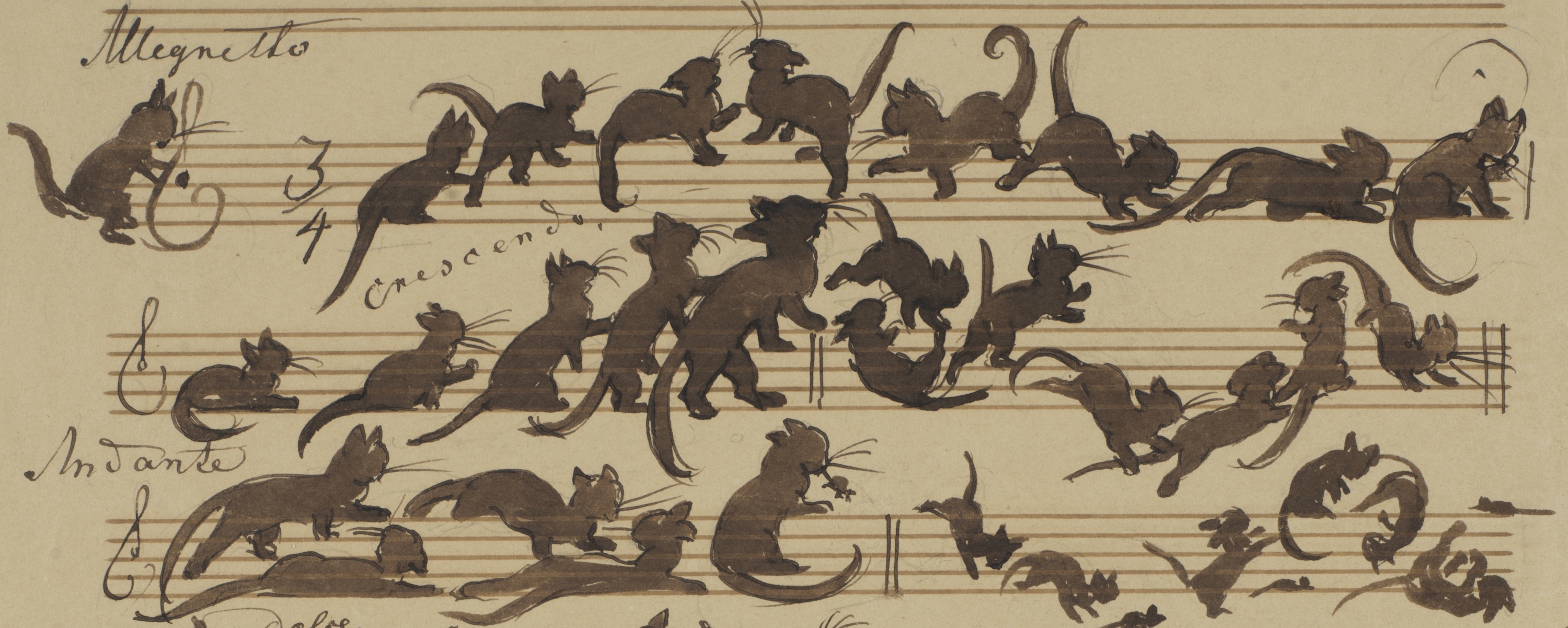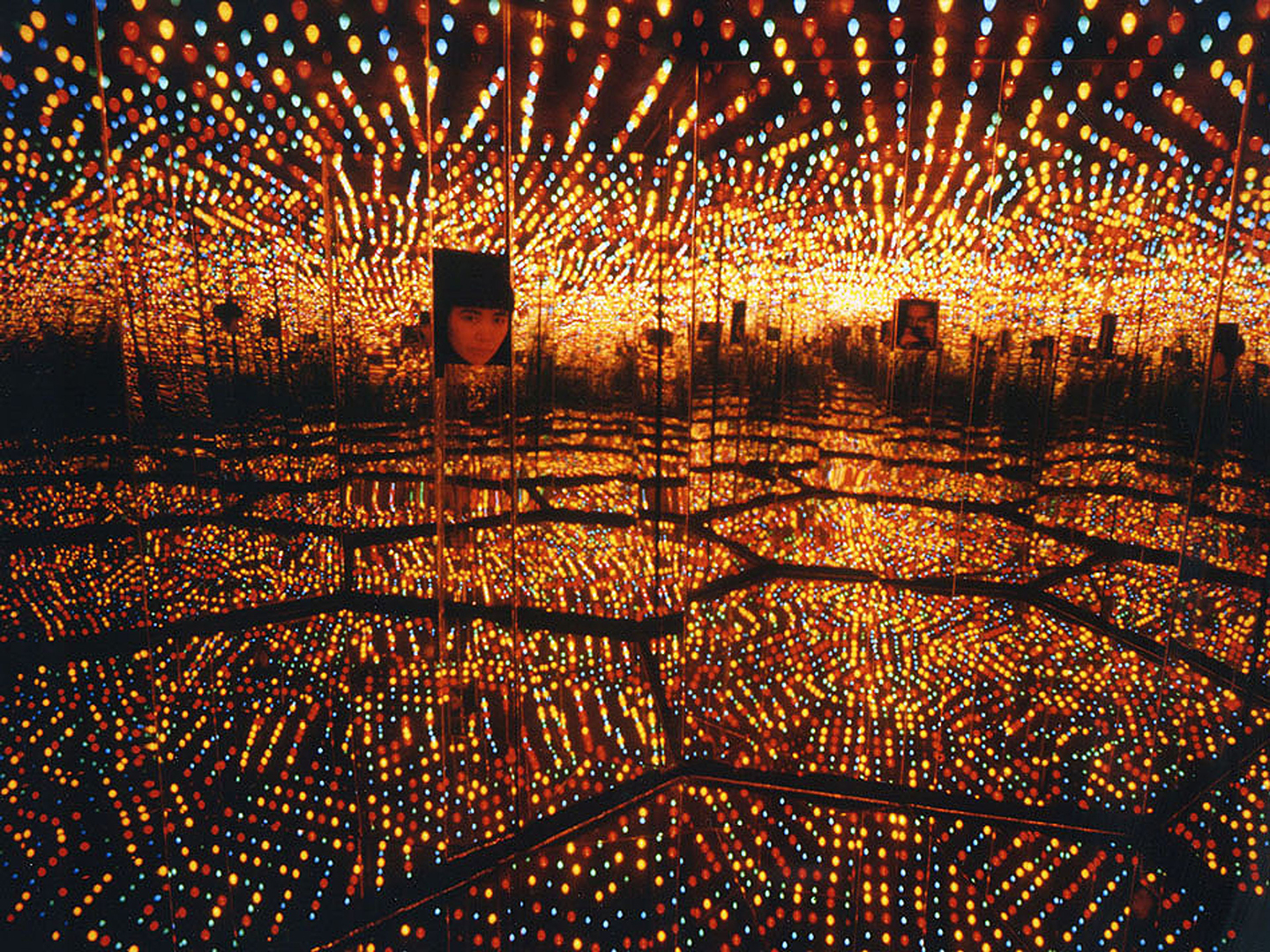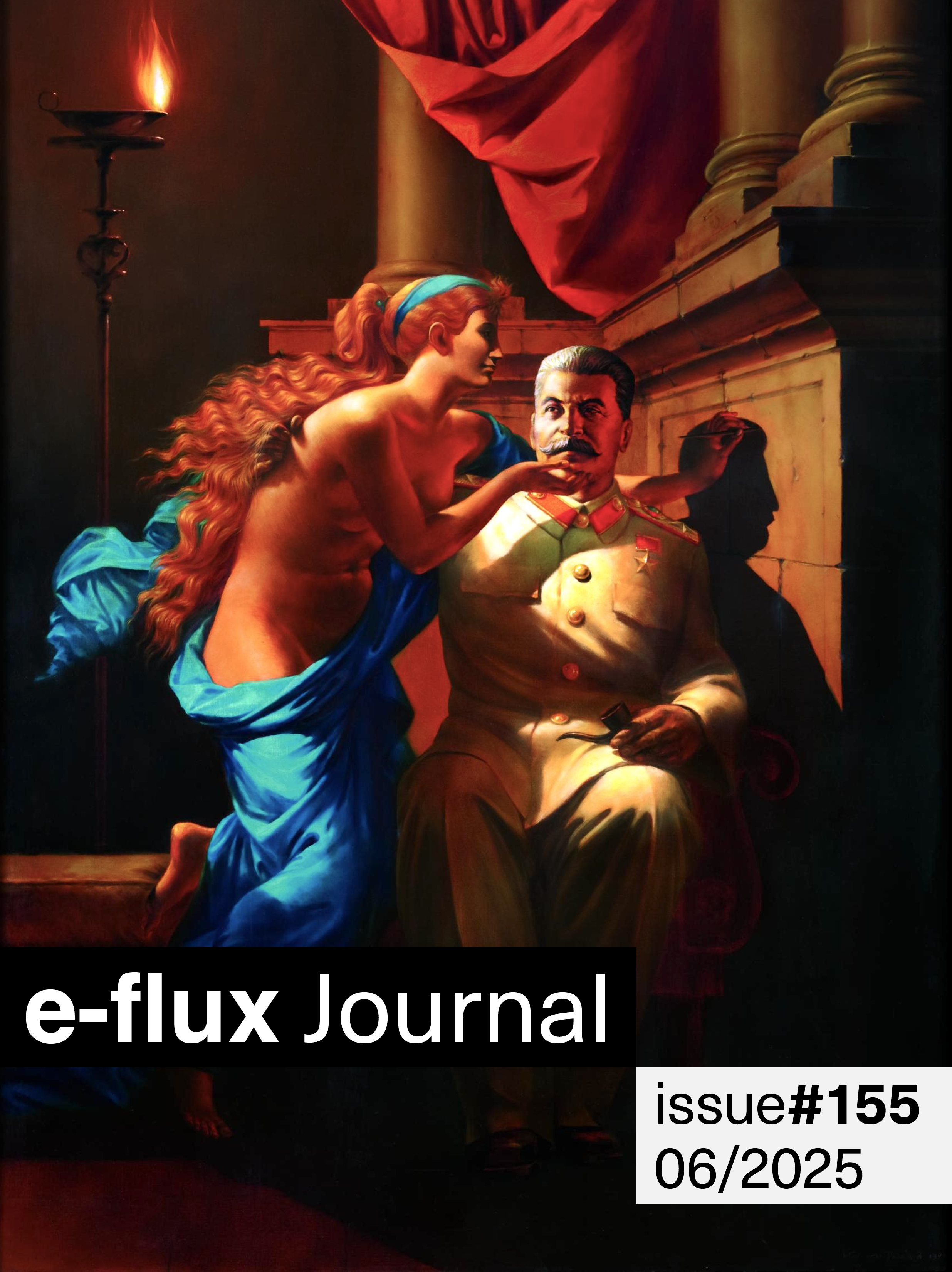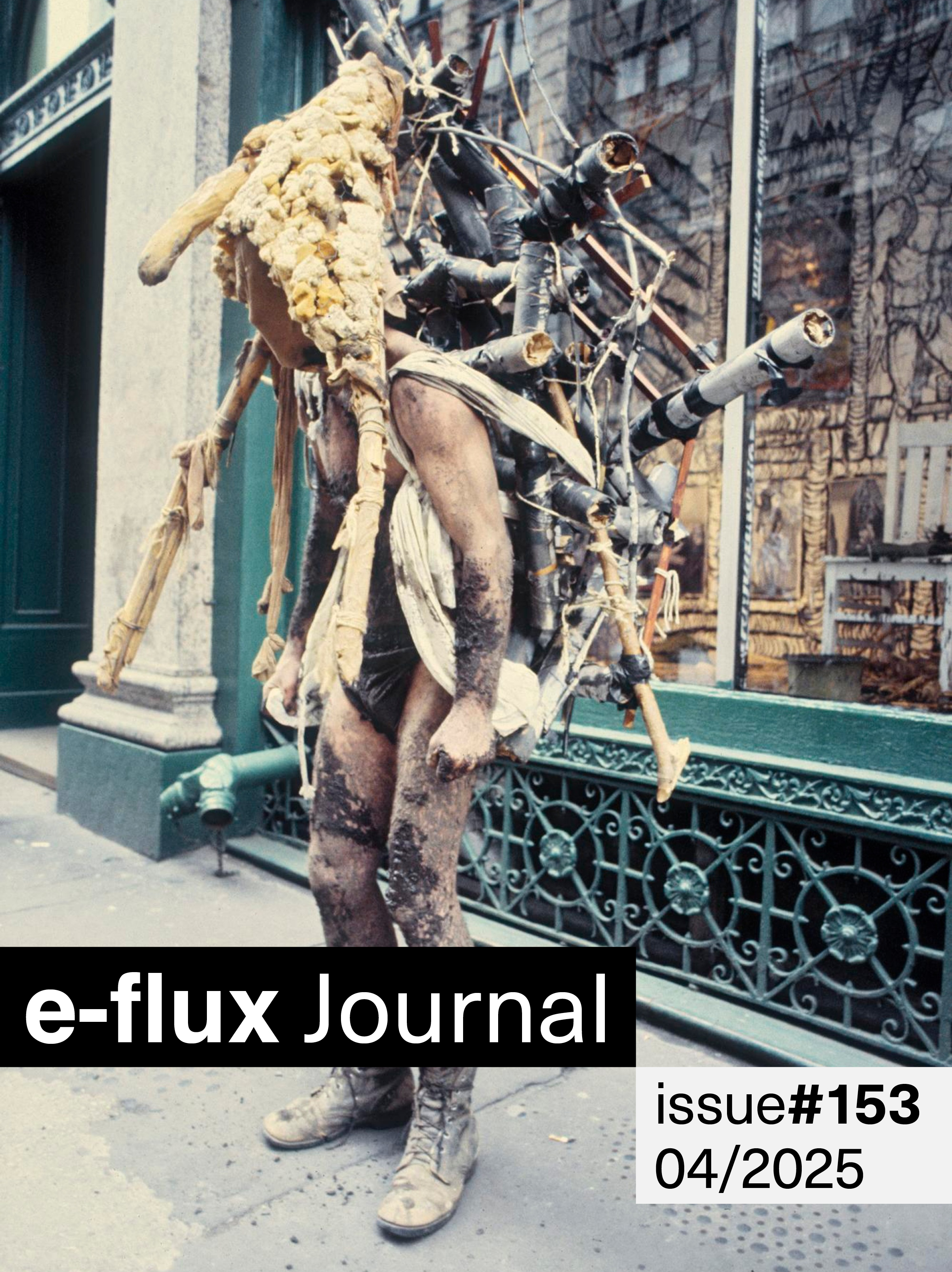In a recent writing workshop, this editor was asked whether critics should be “objective” or “subjective” in their approach. For all that it was baldly stated, the problem is both delicate and perennial. How is it possible to say of a particular work of art that it is good or bad—which remains the basic function of a critic—without imposing ideas of what constitutes the good? The notion of the critic as a purely independent arbiter, judging exhibitions against a set of universal standards, cannot survive the ongoing and overdue reappraisal of how and by whom those standards were set. Yet the alternative is that expertise married to careful attention carries no weight. This leads us to reviews which offer up a potted biography of the artist in lieu of judgement on whether and how their work is, if we put aside the pieties, any good.
The reader will not be surprised to learn that this editor dodged the question by suggesting that it constituted a false dichotomy. Nit-picking a question as a means of evading it is a skill learned through hard knocks on the streets (meaning, minor-league panel discussions). Yet the point holds: that the critic holds the work to a set of principles does not entail that they are universal nor that her audience must submit to them. A critic committed to the idea that art serves a social function might, to take one example, make different judgments than a critic who believes that art expresses individual experience. Within their respective frameworks, each critic is able to make statements that not only carry weight but are, in a limited but meaningful sense, true.
I follow a number of writers whose perspectives I do not share. Engaging with judgements that are contrary to mine yet consistent within their own system—in which, for example, the value of art correlates to its novelty—leads me to reflect on my own. Long-form criticism allows (or forces) writers to reveal the intellectual scaffolds that support their conclusions. I might disagree with a critic’s findings but sympathise with the workings that led her to them. Or I might find myself drawn to an idea I would not otherwise have given much thought and see the worth of work I had previously dismissed. And what’s the point of reading if it only reaffirms what you already think?
To return to the original question, and hopefully to answer it more usefully than I was able to at the time, the critic cannot be either “objective” or “subjective.” There is no perfectly transcendent authority nor entirely private opinion, only overlapping and interacting ways of thinking about the world. The best we can do is to articulate our own beliefs and to listen to others’ attempts to do the same, defending a position while remaining open to the possibility that it might change. Spending any time on social media, it can seem that people have lost the ability, perhaps even the will, to consider how their fellow citizens came to hold divergent views to their own. To insist that all opinions are equally valid is related to the impulse to dismiss out-of-hand those that differ from one’s own. Both stem from an antipathy to reason, to listen and, ultimately, to have one’s position altered in the course of a debate. Good criticism does not simply assert itself in the manner of a clapping hands emoji, but elaborates the otherwise invisible structures that support its judgments.
A number of recent events—ranging from state control over exhibitions in the Middle East to the tendency in social media bubbles towards censorship by uncritical consensus—have made these topics a feature of recent editorial meetings. This is reflected in this month’s program, with Jörg Heiser reflecting on how the very public gestures of Germany’s much-vaunted “reckoning with the past” might have obstructed real cultural reform; Orit Gat reviewing a book about the (latest) “crisis” in art writing; Cal Revely-Calder considering how Sophie Calle’s early transgressions read in the context of today’s overexposed culture; Sophia Al-Maria talking to Lydia Ourahmane on the occasion of the latter’s show at De Appel; Anna Mirzayan appraising the influence of Nam June Paik on Californian culture; and, of course, our usual mix of reviews and reports from around the world.
Each month, to accompany the Editors’ Letter, we publish a series of photographs by artists of their workspaces. This edition features David Roy, a Los Angeles-based artist, educator, and amateur rocketry enthusiast. His most recent exhibition, “Gravity Monster,” was at 56 Henry, New York through October 16, 2021.










